While Cathay Pacific’s fleet consists exclusively of widebody aircraft, a fraction of Cathay Dragon’s fleet consists of narrowbody aircraft. It looks like their narrowbody fleet is about to grow, as Cathay Dragon has signed a memorandum of understanding to acquire 32 Airbus A321neo aircraft.
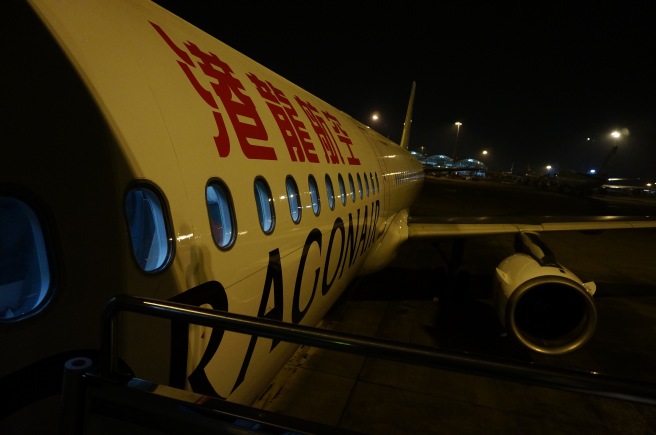 Cathay Dragon Airbus A321 Hong Kong Airport
Cathay Dragon Airbus A321 Hong Kong Airport
This deal is listed at HK$31.7 billion – while Cathay Pacific turned a huge loss this half year (they lost HK$2.5 billion, which is the greatest loss they’ve recorded thus far), they recorded fuel as the main reason for their loss, so buying fuel-efficient planes is technically taking Cathay Pacific back on the right track.
This will add to 15 A320s and 8 A321s that are currently in Cathay Dragon’s fleet, as well as 24 A330s, so the A321neo will soon be the main plane featured in Cathay Dragon’s fleet.
According to aviation site FlightGlobal:
The new jets, scheduled to be delivered between 2020 and 2023, are intended to replace the Hong Kong regional carrier’s existing fleet of 23 narrowbodies. These comprise of 15 A320s and eight A321s.
“The intention to purchase these 32 environmentally-friendly aircraft will allow us to add new destinations to Cathay Dragon’s network. We also intend to increase frequencies on some of our most popular routes in order to provide our customers with more travel choices and convenience,” says Cathay Pacific’s chief executive Rupert Hogg.
I’m happy that these A321neos are being purchased, as they amount to less fuel burn, which allows Cathay Dragon to operate a greater variety of routes. The Cathay Pacific group is always known for their frequencies on high-traffic routes (they have 10 frequencies to Beijing per day, as well as 15+ frequencies to Shanghai – hell, they even have 5+ frequencies to London, a 12-hour longhaul route), so cutting fuel costs seems yet another way to add flexibility. As much as I think that Rupert Hogg should get off his high horse sometimes in terms of knowing what passengers want, I think he’s right in this case.
What I’m interested in is what hard product these new planes will carry. Cathay Dragon has a stunning hard product in economy on their A321 aircraft, with some of my favourite seats – the same you see on most of Cathay Pacific’s longhaul fleet, and they’re well-padded and have the most storage space that you’d see in an economy seat.
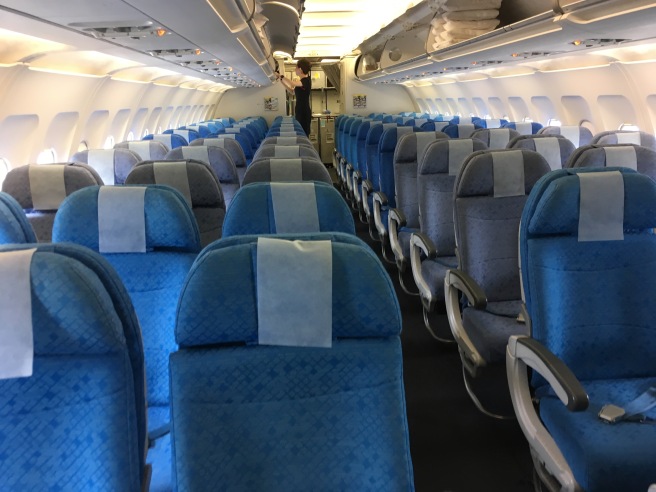 Cathay Dragon Airbus A321 Economy Class
Cathay Dragon Airbus A321 Economy Class
However, they could potentially feature the same seats featured on Cathay Dragon’s A320, which feature WiFi-based streaming, though no PTVs and less padding.
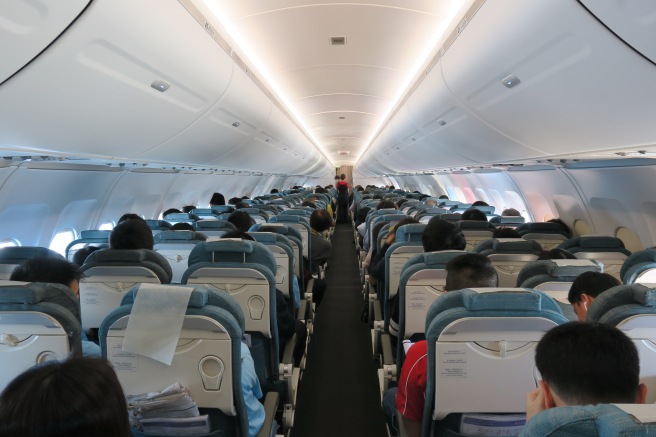 Cathay Dragon Airbus A320 Economy Class
Cathay Dragon Airbus A320 Economy Class
They could also go a different route altogether and feature Cathay Pacific’s A350 economy seats, which could help since their A321neos may run longer routes, such as to Bangalore – though at this point I believe that’s unlikely, especially since they’re trying to cut fuel costs at this point.
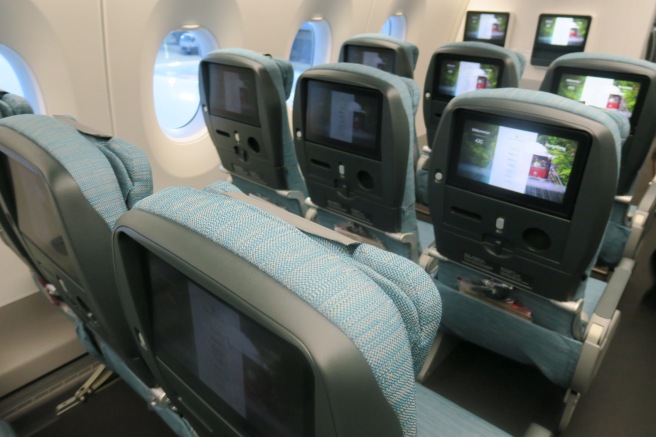 Cathay Pacific Airbus A350-900 Economy Class
Cathay Pacific Airbus A350-900 Economy Class
I know that Cathay Pacific is working on a new regional business class product, though it’s still in its infancy at the moment, so I can’t say what the final product will be like. Cathay Pacific has made it clear that this won’t be a flat bed, though (we’re all about making sure we’re giving passengers what they want, right, Mr. Hogg?), so redeye passengers booked on the A321neo will be disappointed.
Bottom Line
I think Cathay Dragon is going in the right direction with these A321neos, and I’m excited to see what they’ll do with their interiors. Ultimately this is still a memorandum of understanding, which means that they can choose to pull out, though purchasing more fuel-efficient narrowbody aircraft and replacing some dreadfully old A320s seems like something that Cathay Dragon should be doing in the near future.



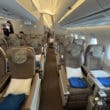

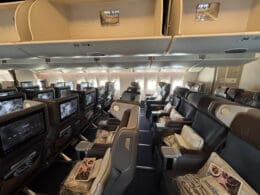


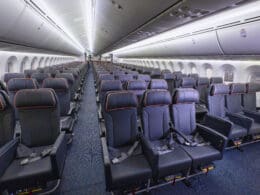
Talk is some of these might be flying in the parent colours?